Year over year, the Queercon badge is consistently impressive. I think what’s most impressive about these badges is that they seemingly throw out all design ideas from the previous year and start anew, yet manage to discover a unique and addictive aesthetic every single time.
This year, there are two hardware badges produced by the team composed of Evan Mackay, George Louthan, Tara Scape, and Subterfuge. The one shown here is nicknamed the “Q” badge for its resemblance to the letter. Both get you into the conference, both are electronically interactive, but this one is like a control panel for an alternate reality game (ARG) that encourages interactivity and meaningful conversations. The other badge is the “C” badge. It’s more passive, yet acts as a key in the ARG — you cannot progress by interacting with only one type of badge, you must work with people sporting both badge types so that Queercon attendees who didn’t purchase the Q badge still get in on the fun.
The most striking feature on this badge is a custom membrane keyboard tailored to playing the interactive game across all badges at the conference. But I find that the eInk screen, RJ12 jack for connectivity, and the LED and bezel arrangements all came together for a perfect balance of function and art. Join me after the break for a closer look at what makes this hardware so special.
Continue reading “Hands-On: Queercon 16 Hardware Badge Shows Off Custom Membrane Keyboard”

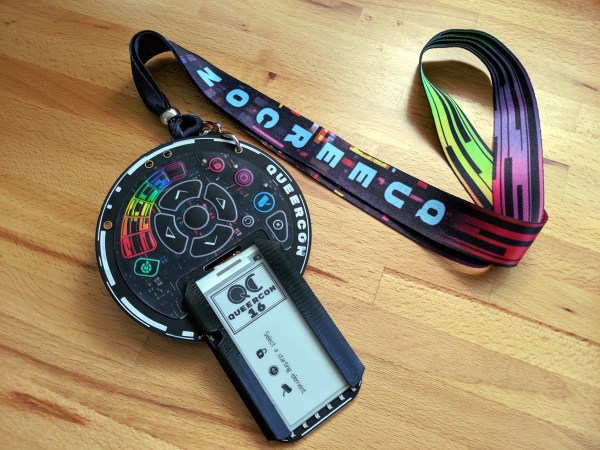
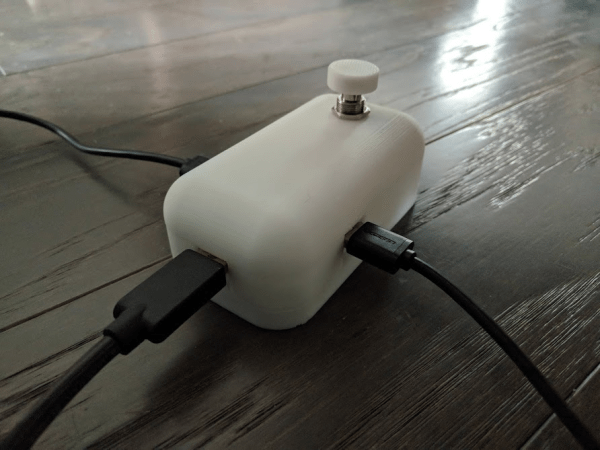
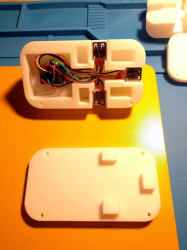
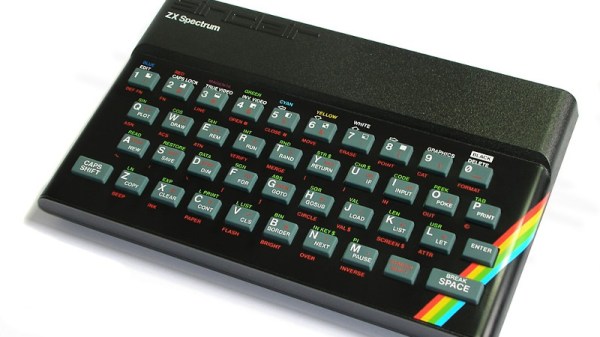
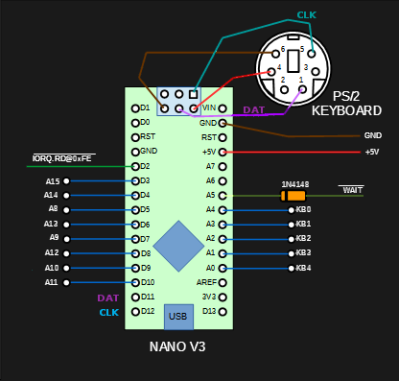
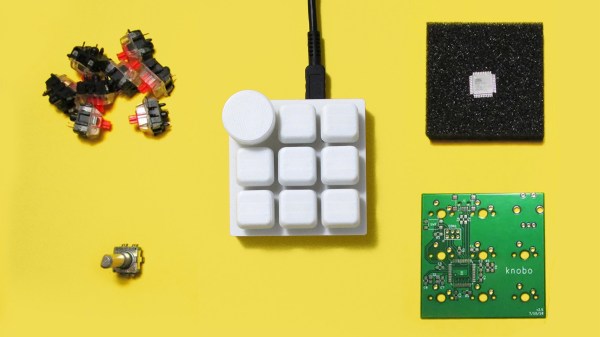
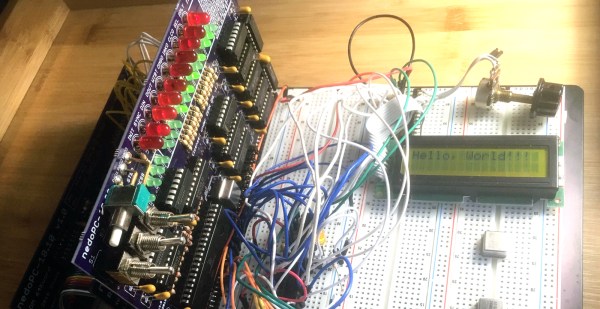



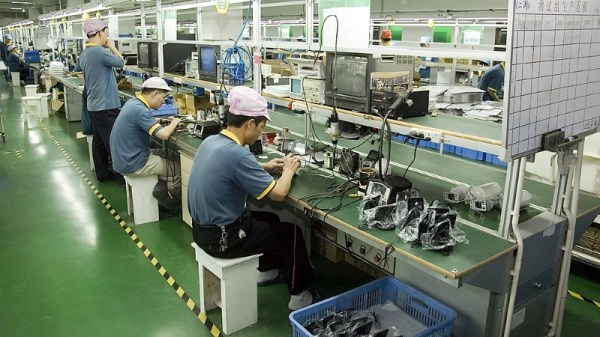



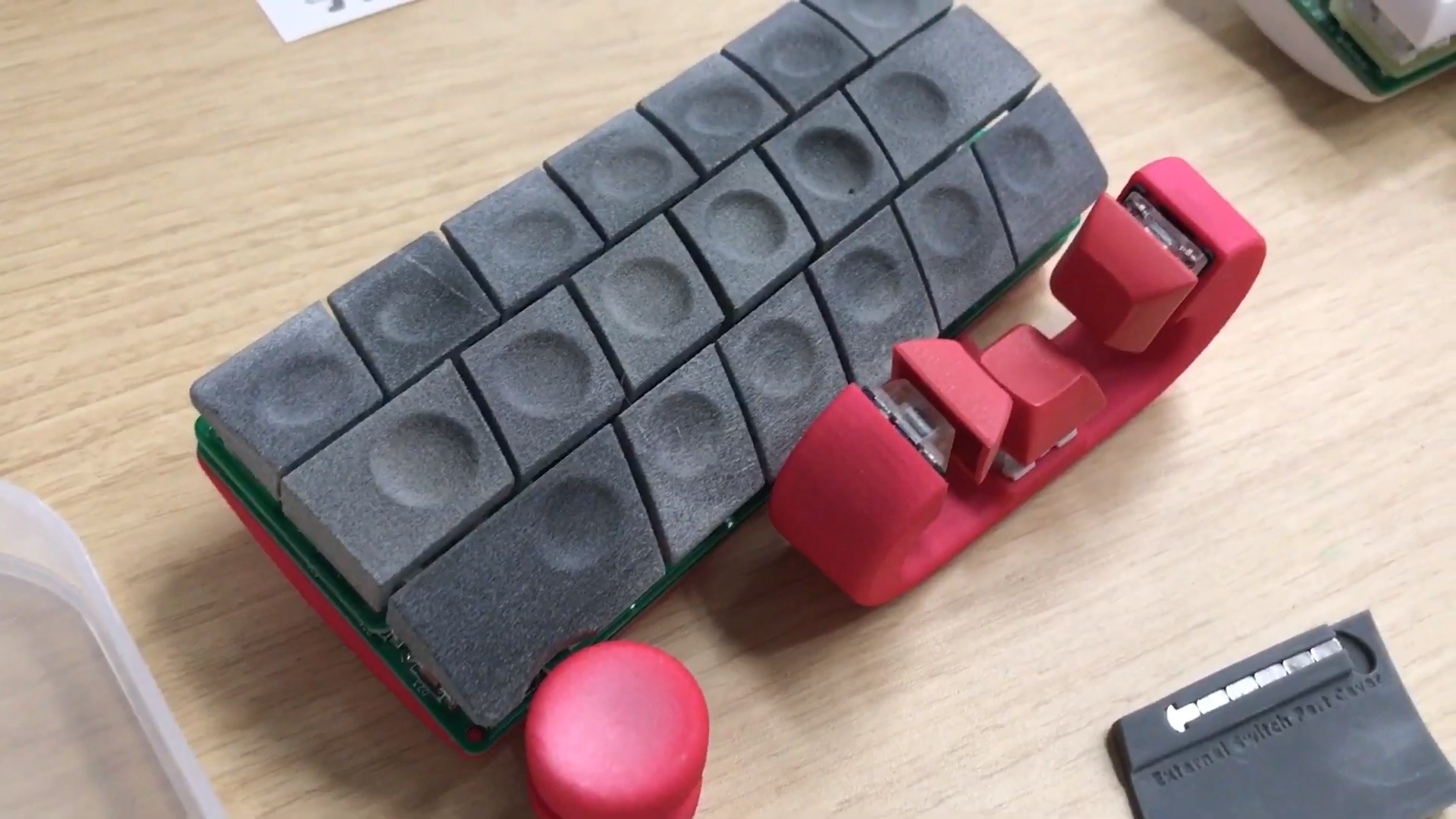
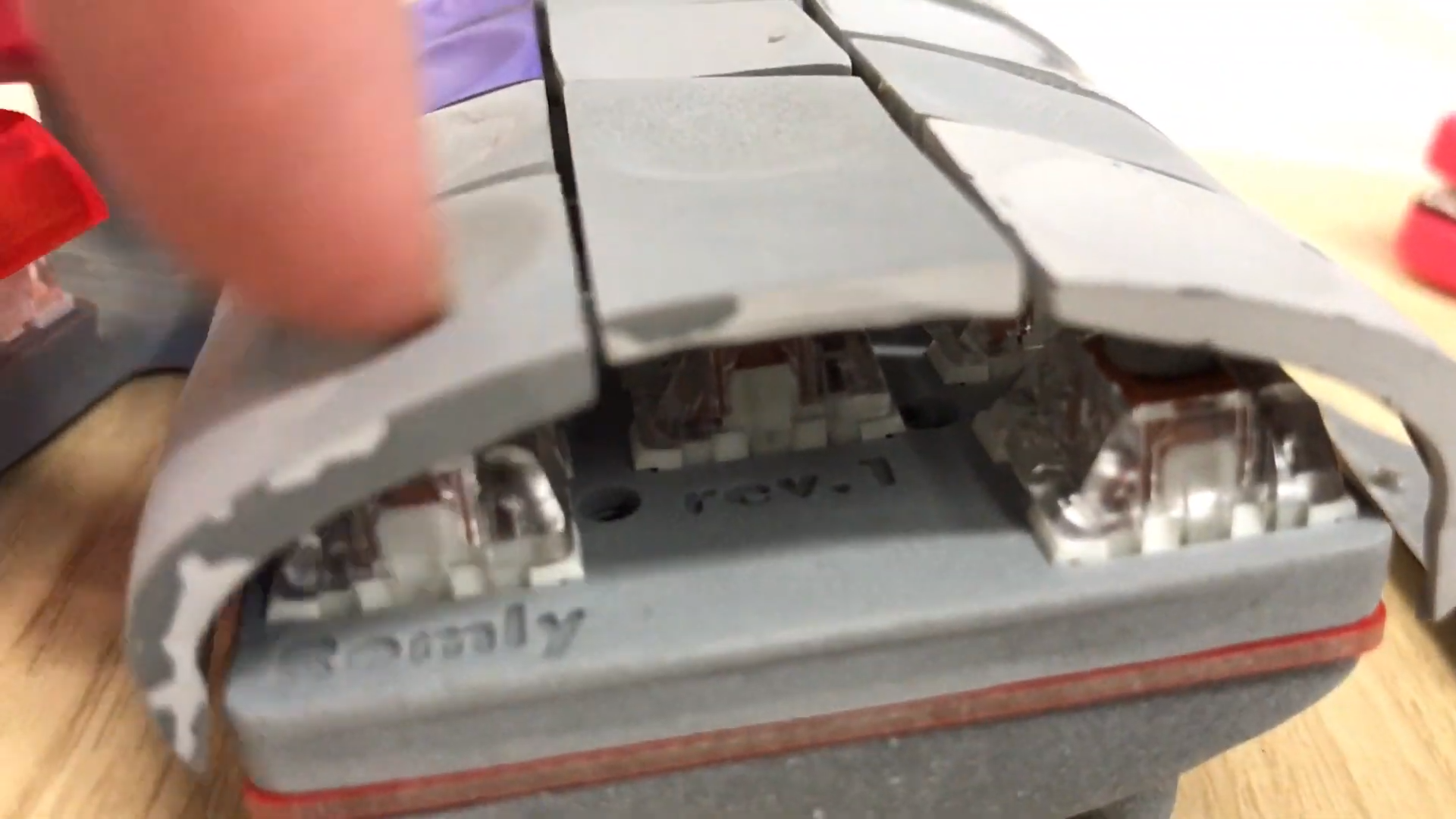 Speaking of [romly], one of their designs stands out as particularly unusual. There are a few things to note here. One is the very conspicuous
Speaking of [romly], one of their designs stands out as particularly unusual. There are a few things to note here. One is the very conspicuous 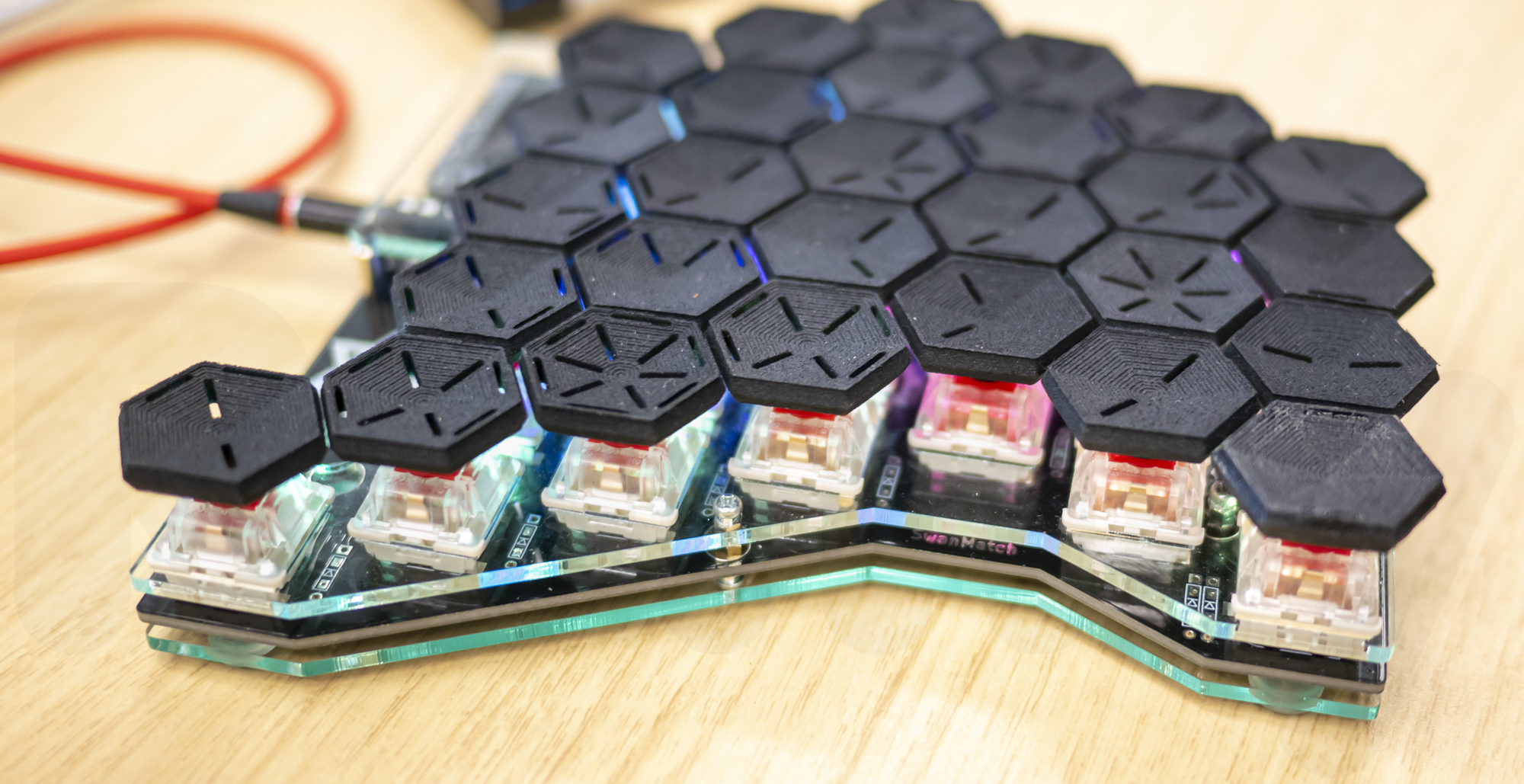 Another interesting entrant is this keyboard with unusually staggered switches and hexagonal caps (check out the individual markings!). Very broadly there are two typical keyboard layout styles; the diagonal columns of QWERTY (derived from a typewriter in the 1800’s) or the non slanted columns of an “
Another interesting entrant is this keyboard with unusually staggered switches and hexagonal caps (check out the individual markings!). Very broadly there are two typical keyboard layout styles; the diagonal columns of QWERTY (derived from a typewriter in the 1800’s) or the non slanted columns of an “








